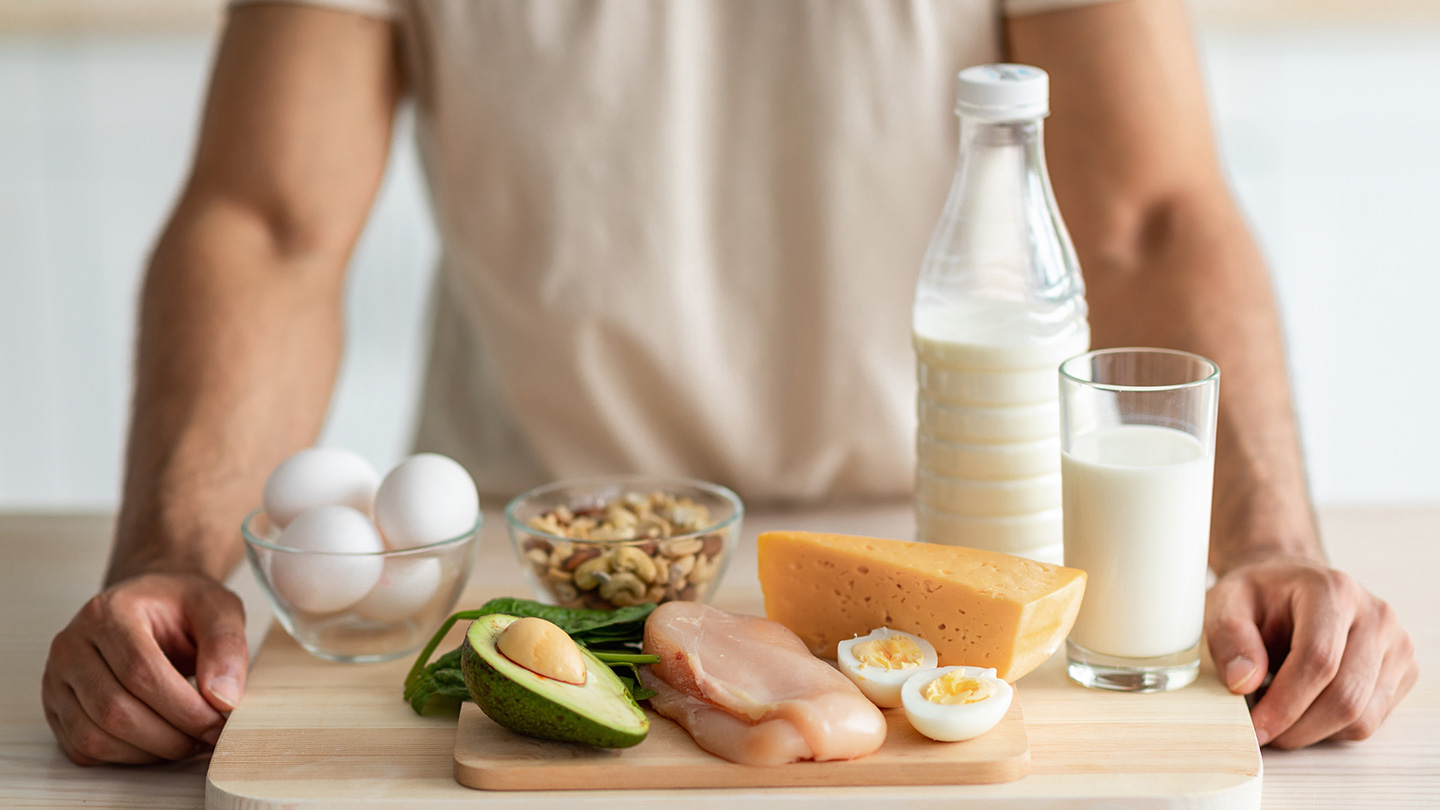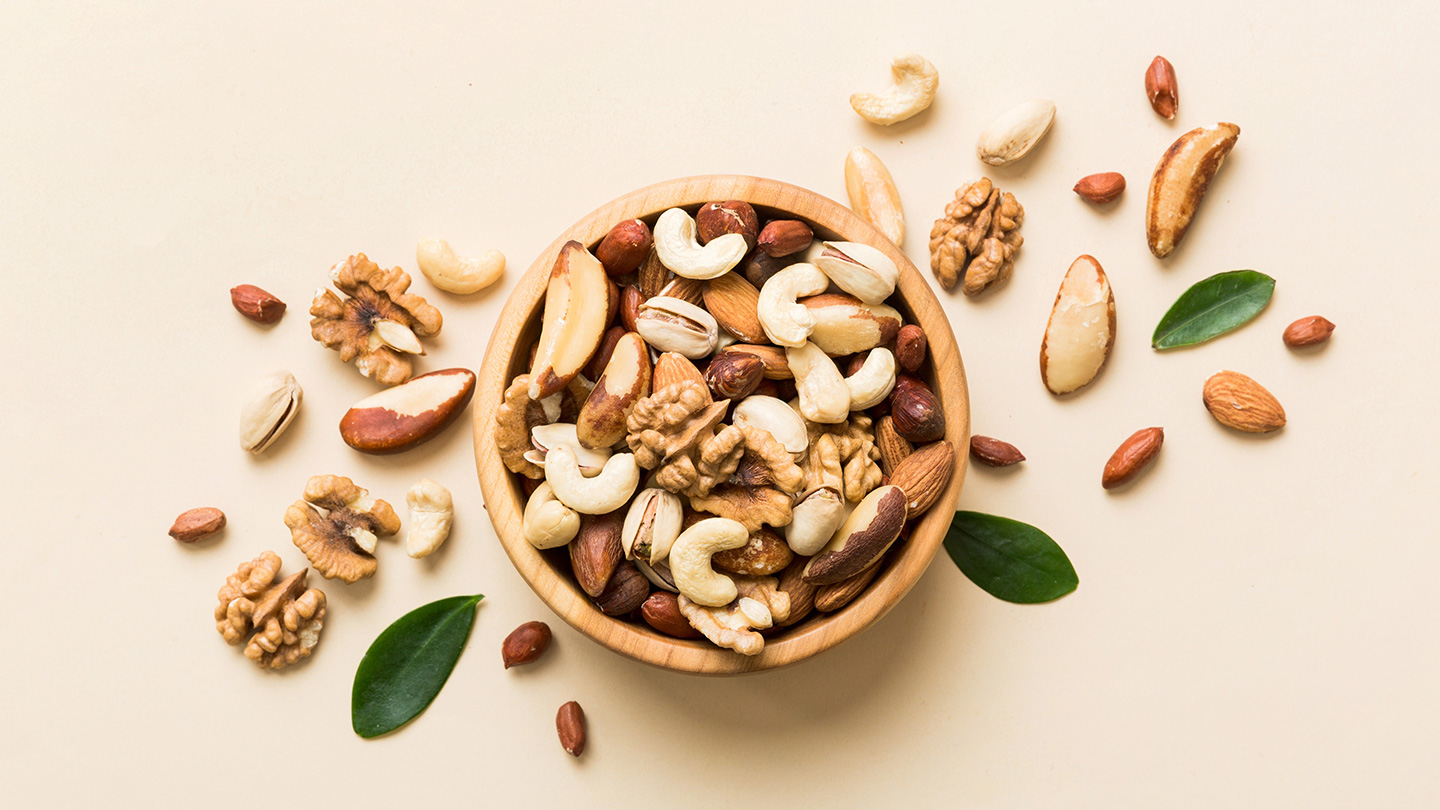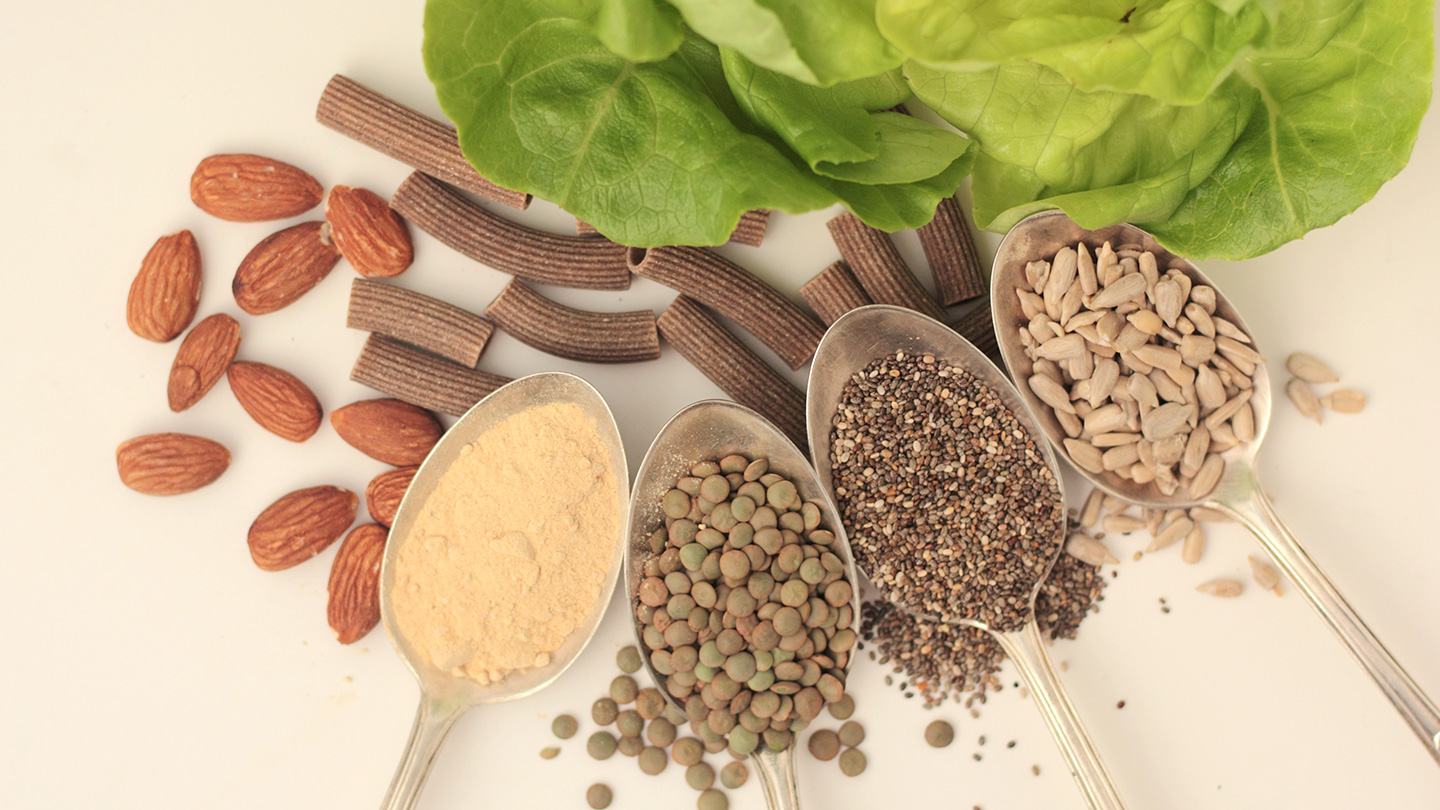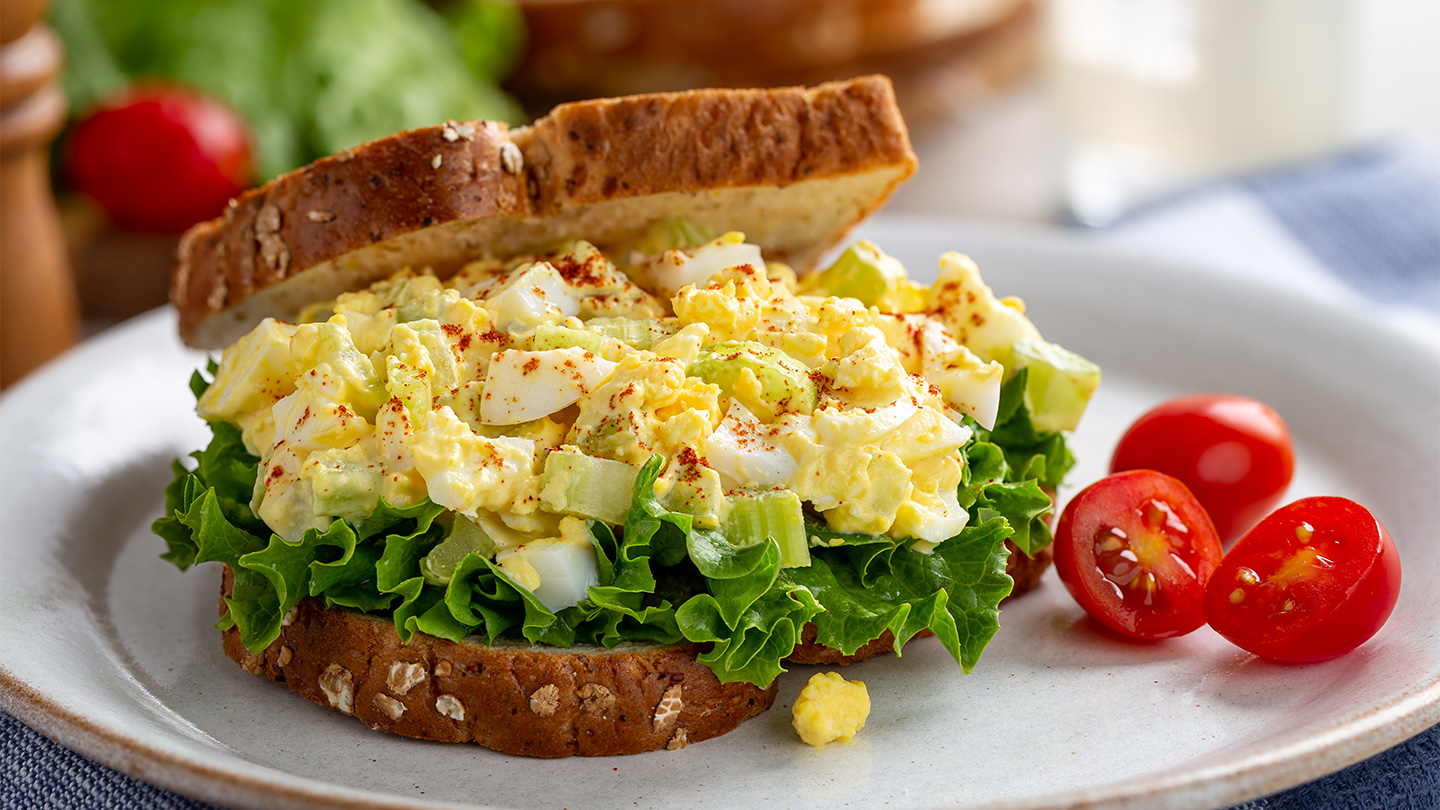Nutrition
This or That: Artificial Sugar vs. Natural Sugar
From honey and cane sugar to sucralose and stevia, our craving for sweetness hasn’t changed, only the source. But how do natural and artificial sugar really stack up for health?
.jpg)
Humans have chased sweetness since the days of wild honey and ripe fruit. Cane sugar was crystallised and produced at scale in India centuries ago; global output then surged with colonial plantations and later industrial mills. Our intake rose from rare luxury to a daily staple, far beyond what our biology adapted to handle. Artificial sweeteners emerged as the lab-made fix for our sugar indulgence. Saccharin arrived in 1879 by accident, then cyclamate, aspartame, sucralose, acesulfame K, plus plant-derived options like stevia and monk fruit extract. Their appeal is obvious: intense sweetness with almost no calories.
Related story: Sugar is Addictive: Here’s How it Rewires Your Brain
Sweetness and calories
Sugar is a carbohydrate with about 4 calories per gram. A teaspoon pumps energy and glycemic impact. Many artificial sweeteners are about 100-600 times sweeter than table sugar by weight (aspartame \~200×, sucralose \~600×), so you use micro amounts and get essentially zero calories. If you replace sugar with these, you cut immediate energy intake. That trade-off underpins products like diet soda and sugar-free yoghurt: they keep the sweetness while cutting most of the sugar and calories.
Related story: Healthy Sugar Alternatives
Metabolism and blood sugar
Sugar breaks down into glucose and fructose. Glucose spikes blood sugar and insulin. Fructose gets shuttled to the liver, and in excess, can turn into fat. Extra glucose does the same once glycogen stores are full. That sugar rush and crash? Classic insulin response and rapid swings in blood glucose.
Artificial sweeteners mostly slip through as passengers, not fuel. They don’t raise blood glucose the way sugar does. There's nuance, though. Sweetness without calories still stirs up surprising reactions in the body, proof that “zero calories” doesn’t mean zero effect.
Related story: 7 Surprising Things That Can Spike Your Blood Sugar
Long-term health picture
High added sugar intake is convincingly tied to weight gain, insulin resistance, type 2 diabetes, high triglycerides, fatty liver, hypertension, and higher cardiovascular risk. Hence, the global push to keep free sugars below roughly 10% of daily calories, ideally closer to 5.
Artificial sweeteners are approved and considered safe at typical intakes (aspartame 40–50 mg/kg/day, sucralose 5 mg/kg/day, acesulfame K 15 mg/kg/day, stevia 4 mg/kg/day) by major regulators. While fears about them directly causing cancer haven't held up at normal consumption levels, that doesn’t make them a free pass for health; using them as a long-term strategy is still questionable. Beyond that, they’re not always problem-free: some people experience digestive upset from sugar alcohols, often bundled into sugar-free products; people with PKU (a rare disorder where the body can’t process phenylalanine) must avoid aspartame, since it contains phenylalanine that can build up to harmful levels.
Related story: 7 Ways to Control High Blood Sugar in the Morning
Practical Guardrails
- Audit your liquid sugar. Regular soda, sweet tea, energy drinks, and fancy coffees are the stealth heavy hitters. Swap to water, seltzer, or diet as a transition, then aim for unsweetened most days.
- Save added sweetness for foods you truly value. Bake, savour, and keep portions honest.
- Eat fibre with sweets. Whole fruit beats juice. Yoghurt with berries beats sweetened yoghurt.
- Watch for compensation. If diet soda nudges you toward larger portions later, adjust the plan.
- Keep kids on lower sweetness overall. Early habits set the taste baseline.
Related story: 5 Ways Sugars Are Hiding in Plain Sight in Your Food
Let's have a look at some of the main differences:
|
|
|
|
|
|
|
|
|
|
|
|
|
|
|
|
|
|
|
|
|
|
|
|
|
|
|
|
|
|
|
|
|
|
|
|
|
|
|
|
Related story: How to Balance Your Blood Sugar
The verdict
When it comes to sugar versus artificial sweeteners, neither side wears a perfect halo. Sugar is natural but calorie-dense, quick to spike blood glucose, and a driver of long-term health risks when consumed in excess. Artificial sweeteners, on the other hand, offer sweetness without calories and are considered safe within recommended limits, but they don’t erase cravings or guarantee better health outcomes.
The real takeaway isn’t about picking one over the other; it's about rethinking our relationship with sweetness itself. Diet soda may be a step up from regular soda, and swapping sugar for stevia in your coffee can cut calories, but the bigger win lies in training your palate toward less sweetness overall. Whole foods, fruit, and occasional treats can satisfy without tipping into overload.
Get instant access to personalised nutrition advice just for you. Sign up here.
EXPLORE MORE
Most gym-goers in India stress on protein powders and skip out on real nutrition. Here’s a science-backed guide to getting it right, with practical tips by nutritionist Dr. Nikita Suresh.
Nuts may be tiny, but when you eat them can have a big impact on how you fuel your body. From almonds in the morning to walnuts at night, here’s how to time your nut intake.
Managing PCOS goes beyond quick fixes; evidence-based dietary and lifestyle shifts can ease symptoms. Dive in to know more.
Creamy, tangy, and full of flavour, this egg salad sandwich is a classic that never disappoints. Perfect for a quick lunch, picnic, or a light evening bite, it’s comfort between two slices.












